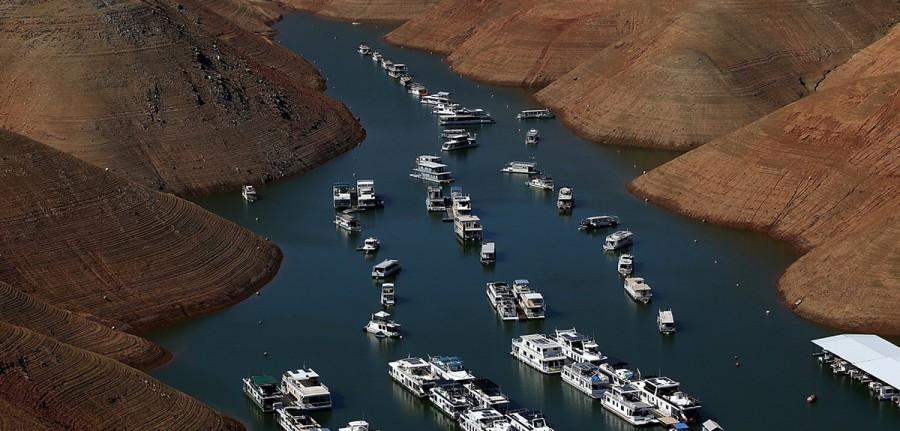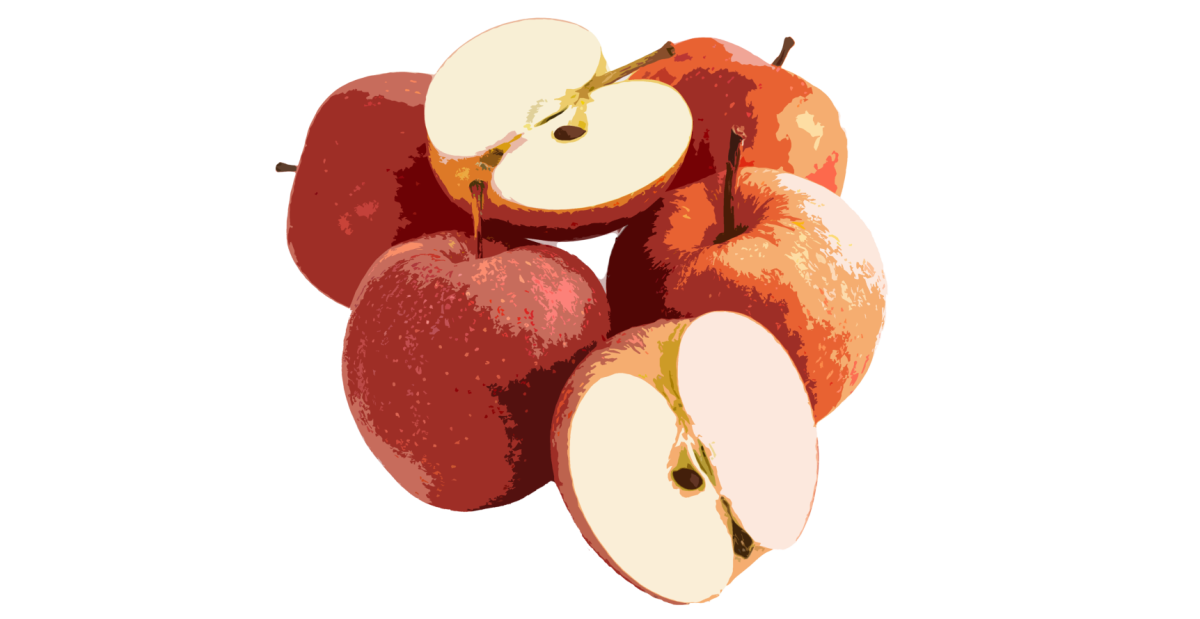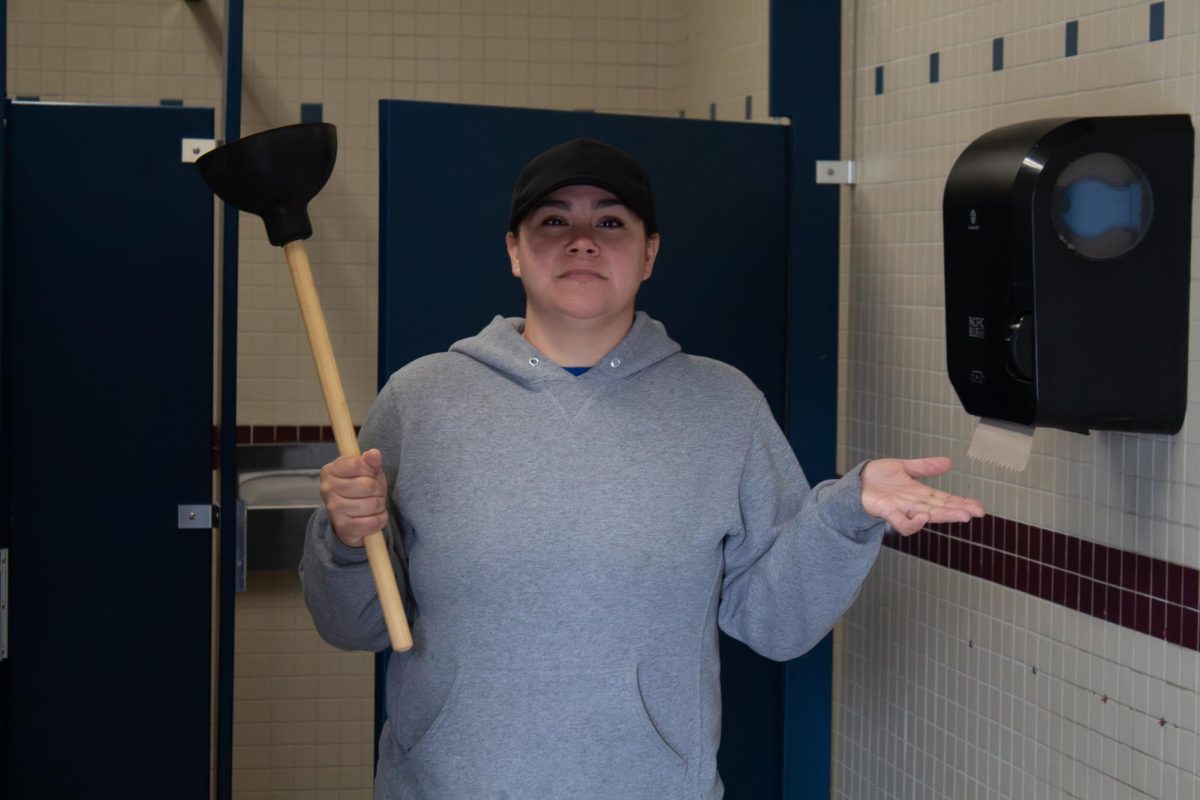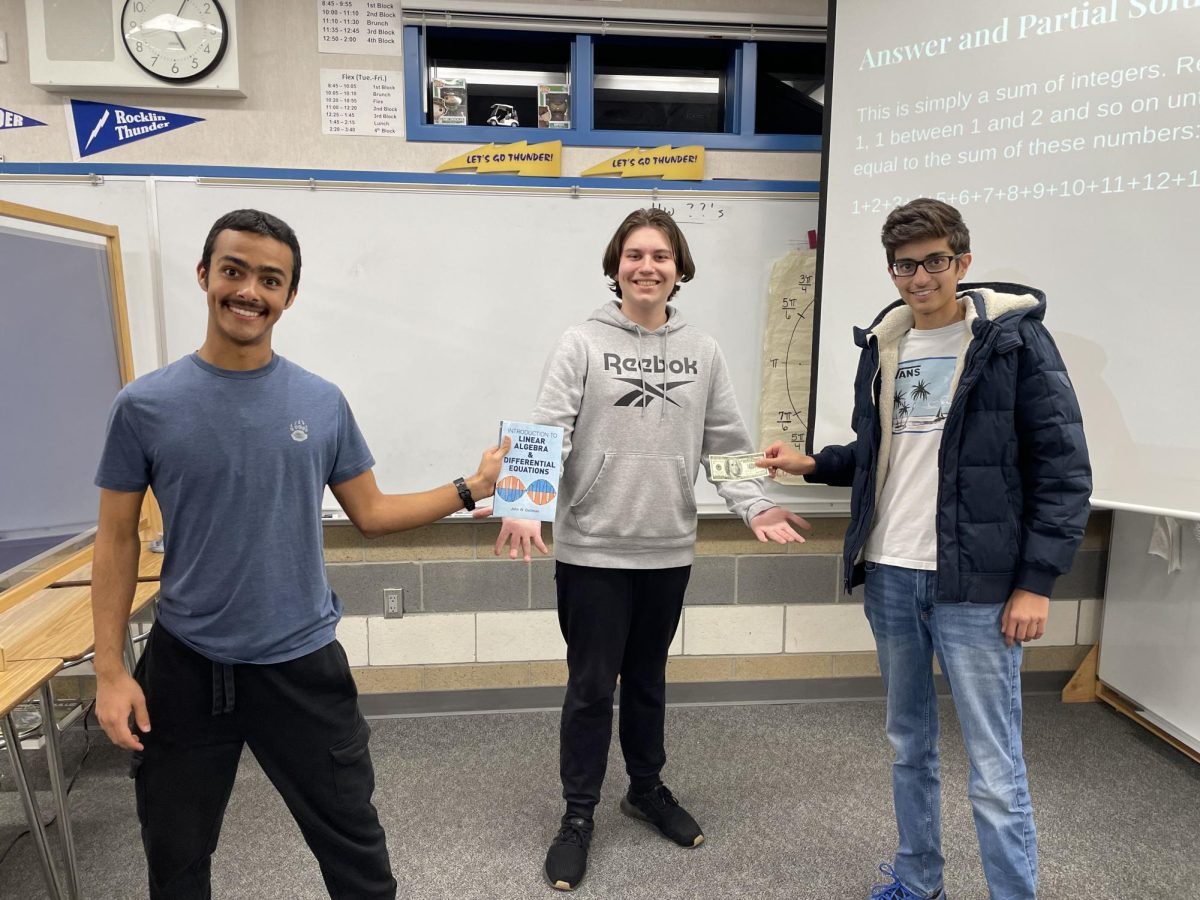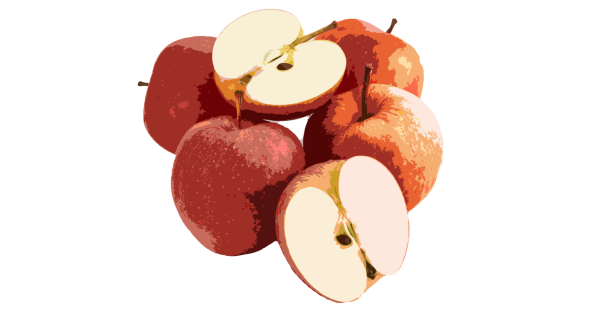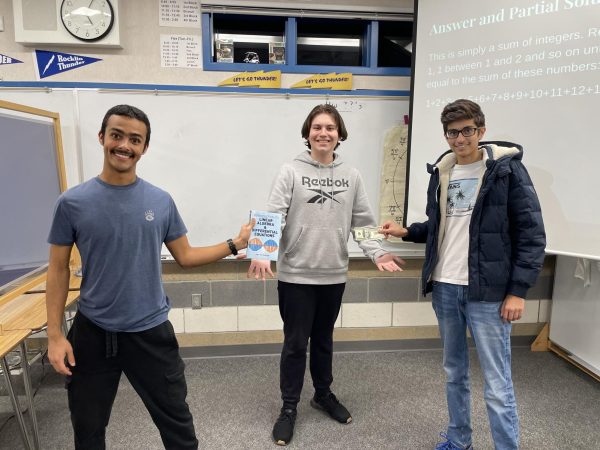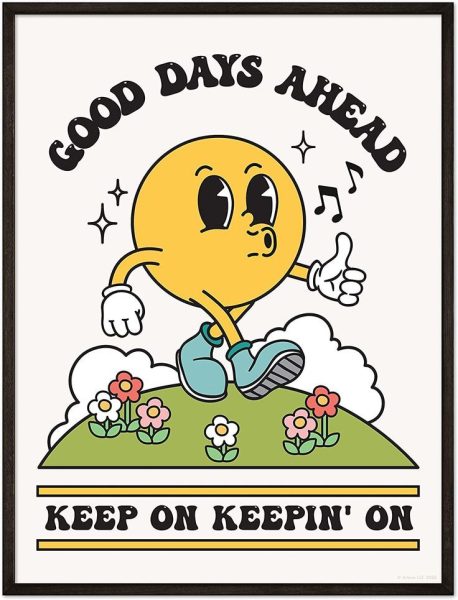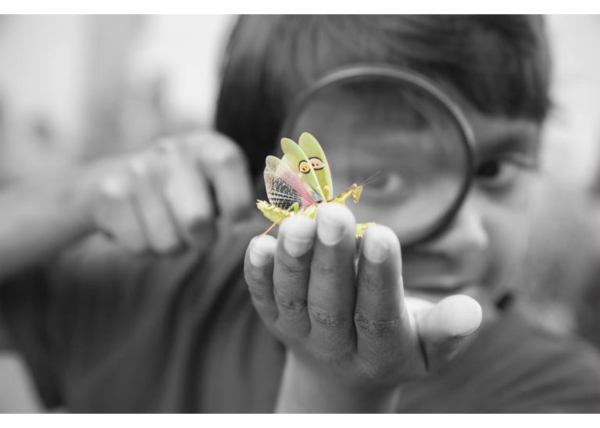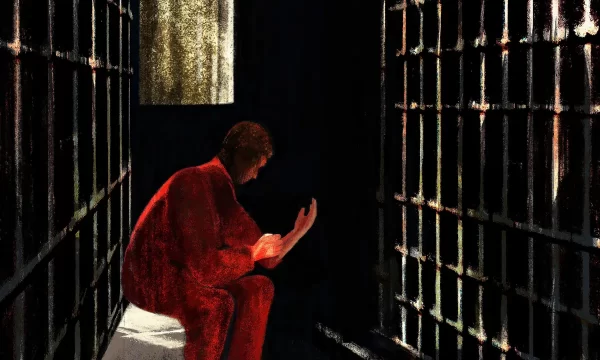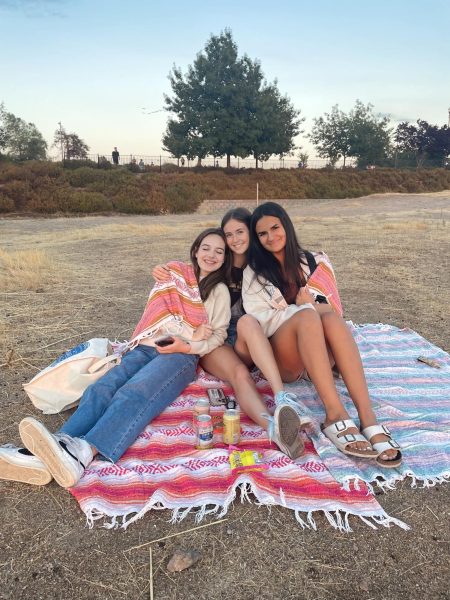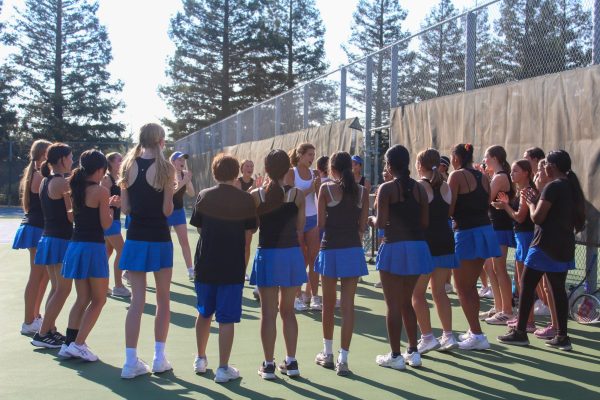Dealing with the Drought
Californians can help save water by changing their eating habits.
October 14, 2015
How could becoming a vegan help end the drought?
Water is not only needed to grow everything we eat, but also to grow products we use every day. It is therefore no surprise that its current scarcity in agriculture-oriented California is both economically and environmentally concerning.
Water is most often associated with precipitation and watersheds such as lakes and rivers. The past few years of dry weather resulted in the water level of lakes dropping far below the expected level.
Seventy percent of Earth is made up of water, yet only three percent of that water is freshwater, which may cause controversy over how much water we should consume for ourselves and farming.
California is in crisis with its water supply that began many years ago when citizens used more water than required for home and agricultural needs. This habit, combined with little rainfall, has made available fresh water in the state extremely scarce.
The California drought, ongoing for three years and counting, presents several complex, important issues including reliance on snowpack, climate variability, climate change, groundwater usages and effects on people and animals.
There are many things Californians can do to help end the drought, including using less water for household needs by taking shorter showers, not watering grass and using excess drinking water to water plants.
Most people believe eating meat would consume less water than eating vegetables, when in reality animals utilize more water.
Typically vegetables and fruit require an inch of water per week either by watering or relying on rainfall. The amount of water needed may vary depending on the climate near the plant’s location.
However, one ¼ pounder hamburger requires 450 gallons of water to produce. This includes the water needed to grow the food for the cow and the water the cow itself needs.
In reality, becoming a vegan, and not consuming any animal products, could eventually help end the drought and assist the movement on watching water usage.



